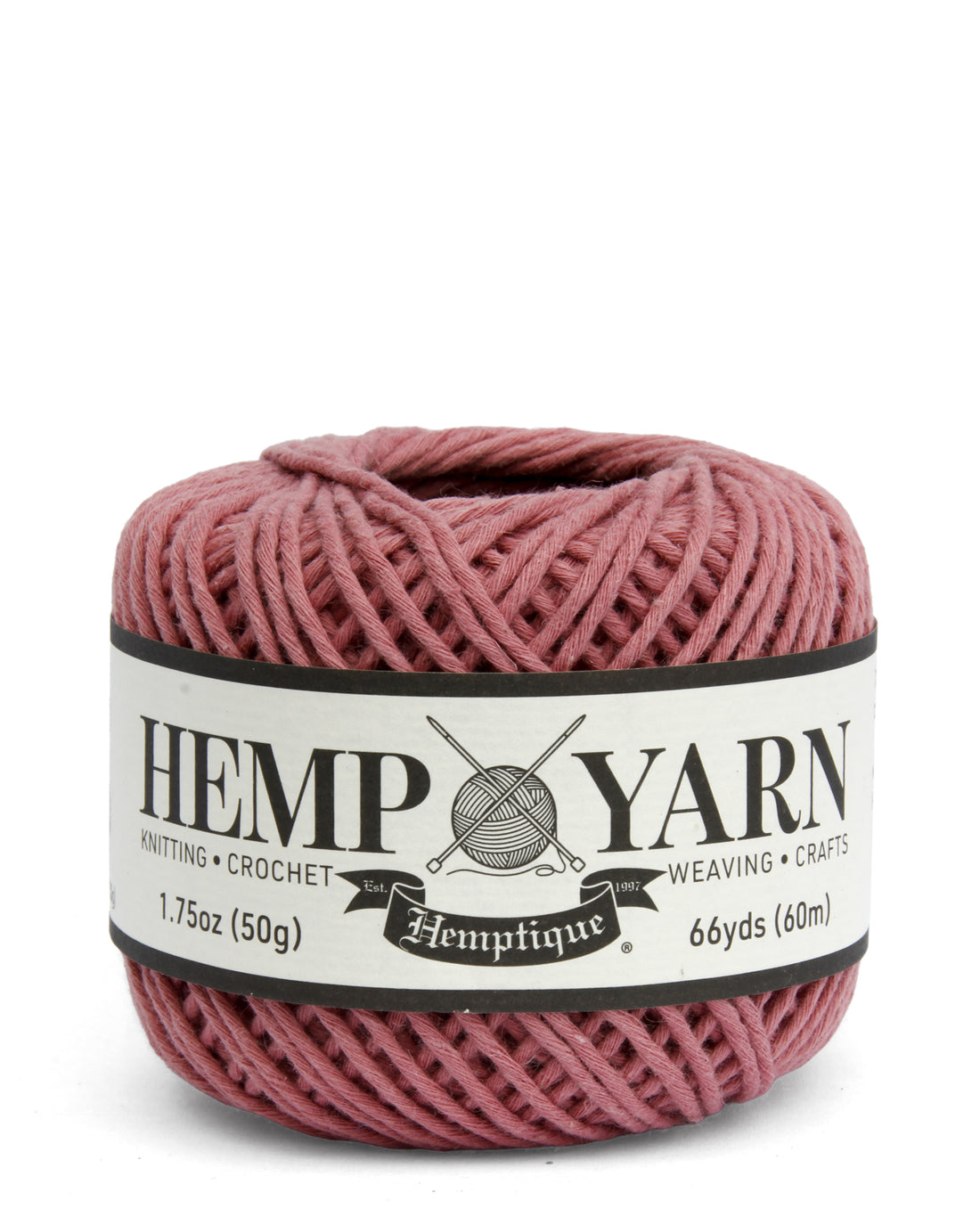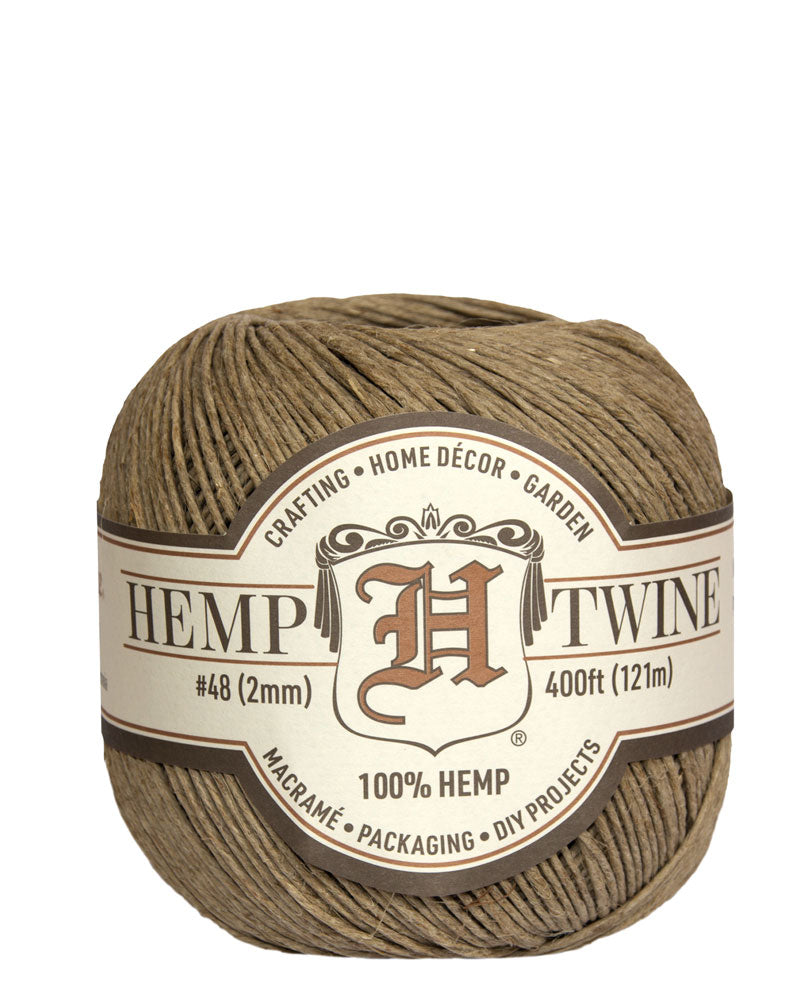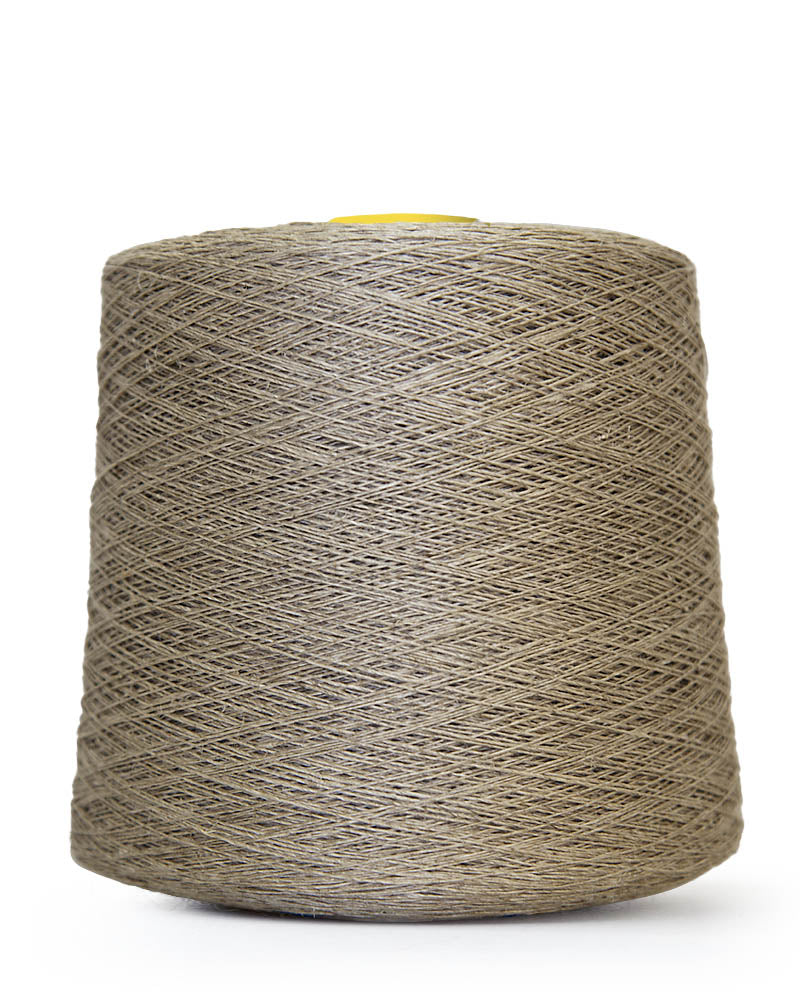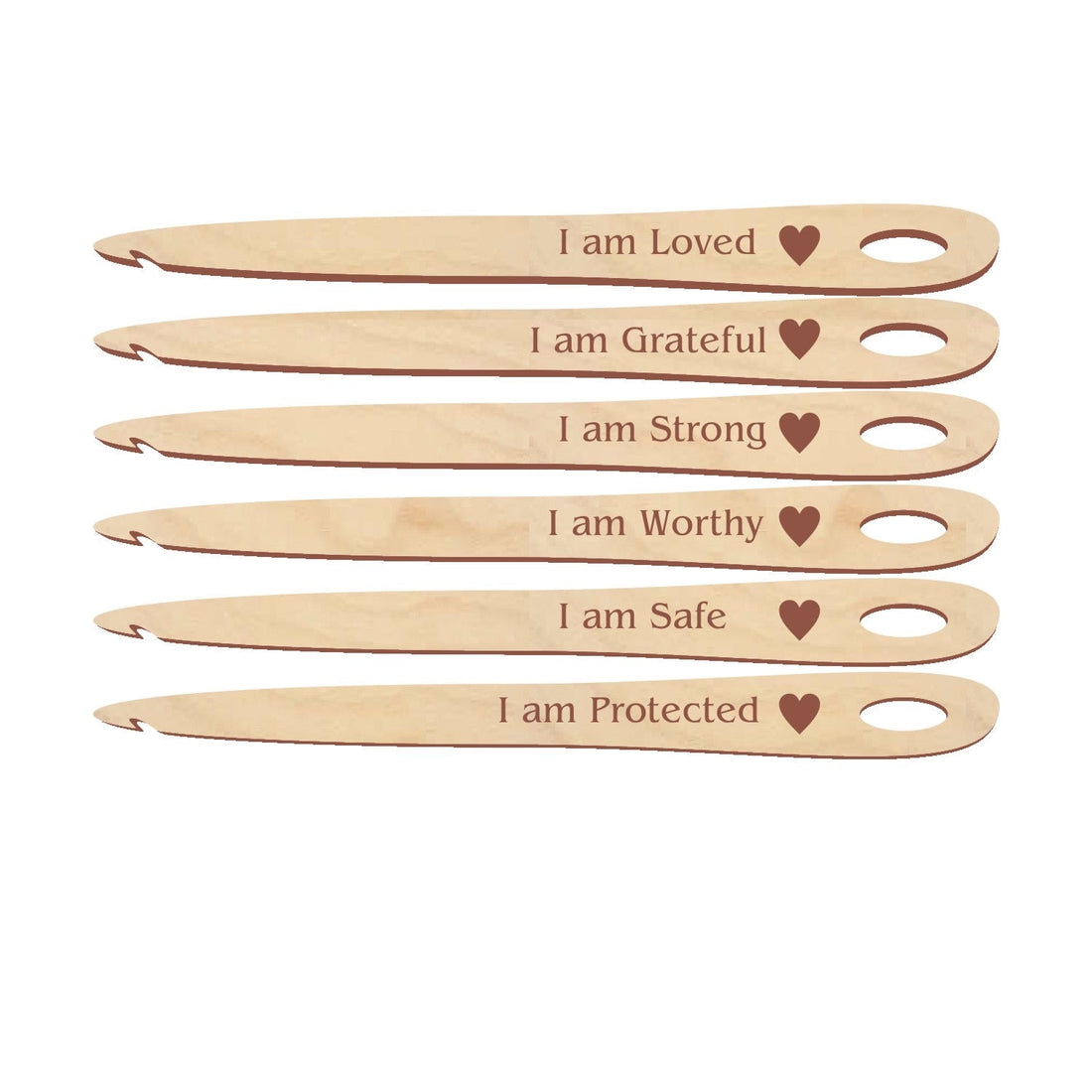33 products
-
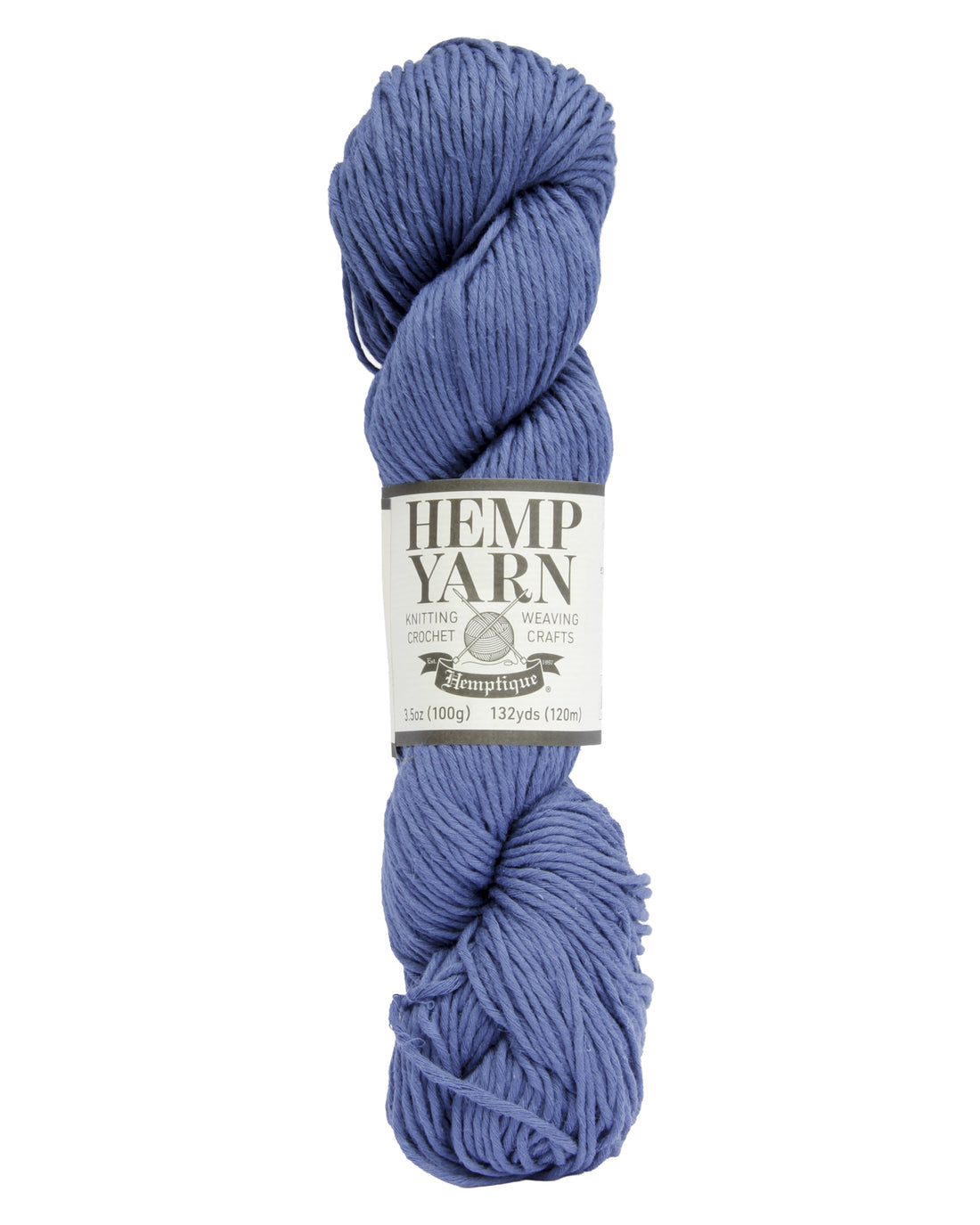 Hemp Yarn 100 gram Twisted Hank
Hemp Yarn 100 gram Twisted Hank -
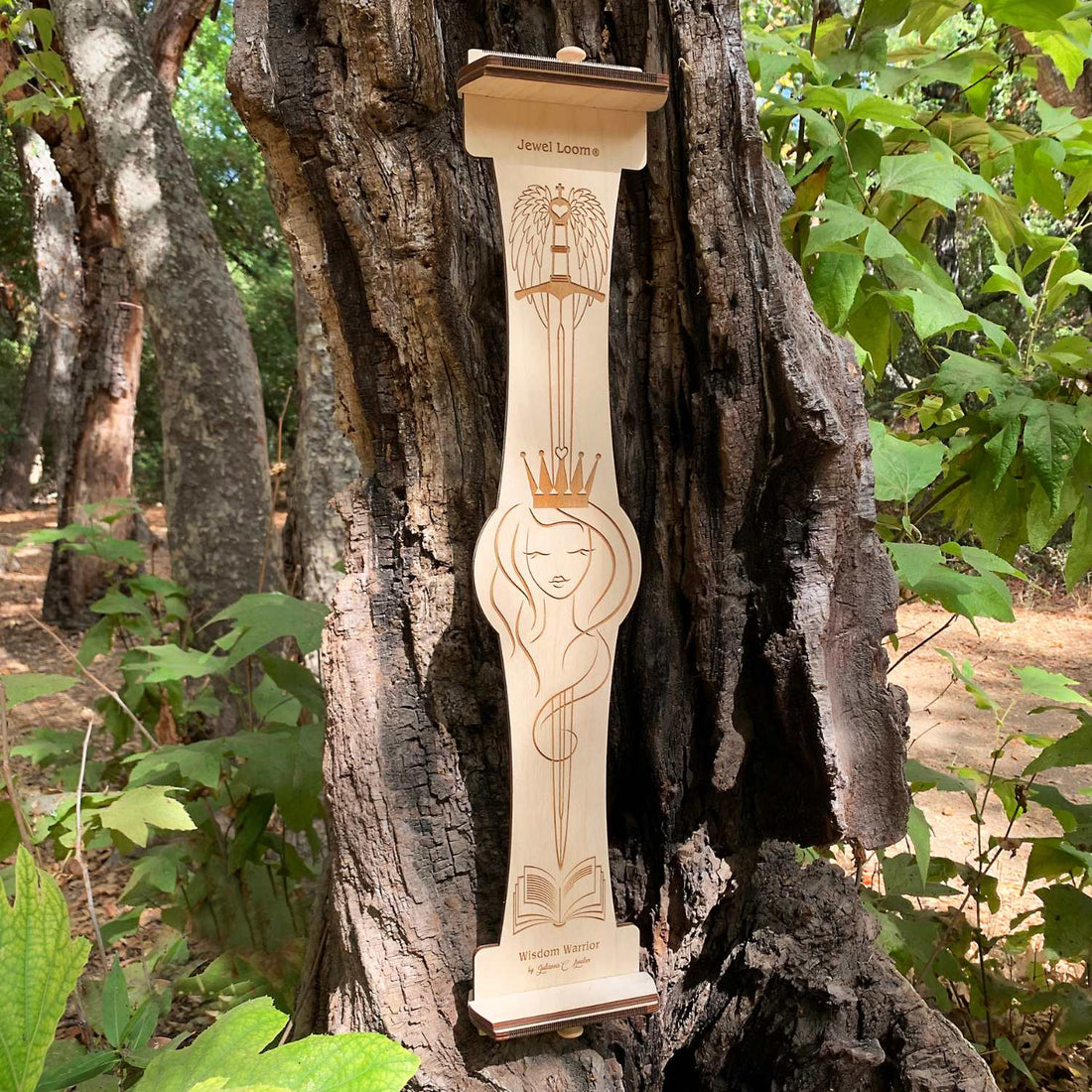 Jewel Loom Upright Wood Long Bead Loom 4" x 25" Perfect for Beaded Hatband PatternJewel Loom Upright Wood Long Bead Loom 4" x 25" Perfect for Beaded Hatband Pattern
Jewel Loom Upright Wood Long Bead Loom 4" x 25" Perfect for Beaded Hatband PatternJewel Loom Upright Wood Long Bead Loom 4" x 25" Perfect for Beaded Hatband Pattern- Regular price
-
$139.99 - Regular price
-
- Sale price
-
$139.99
-
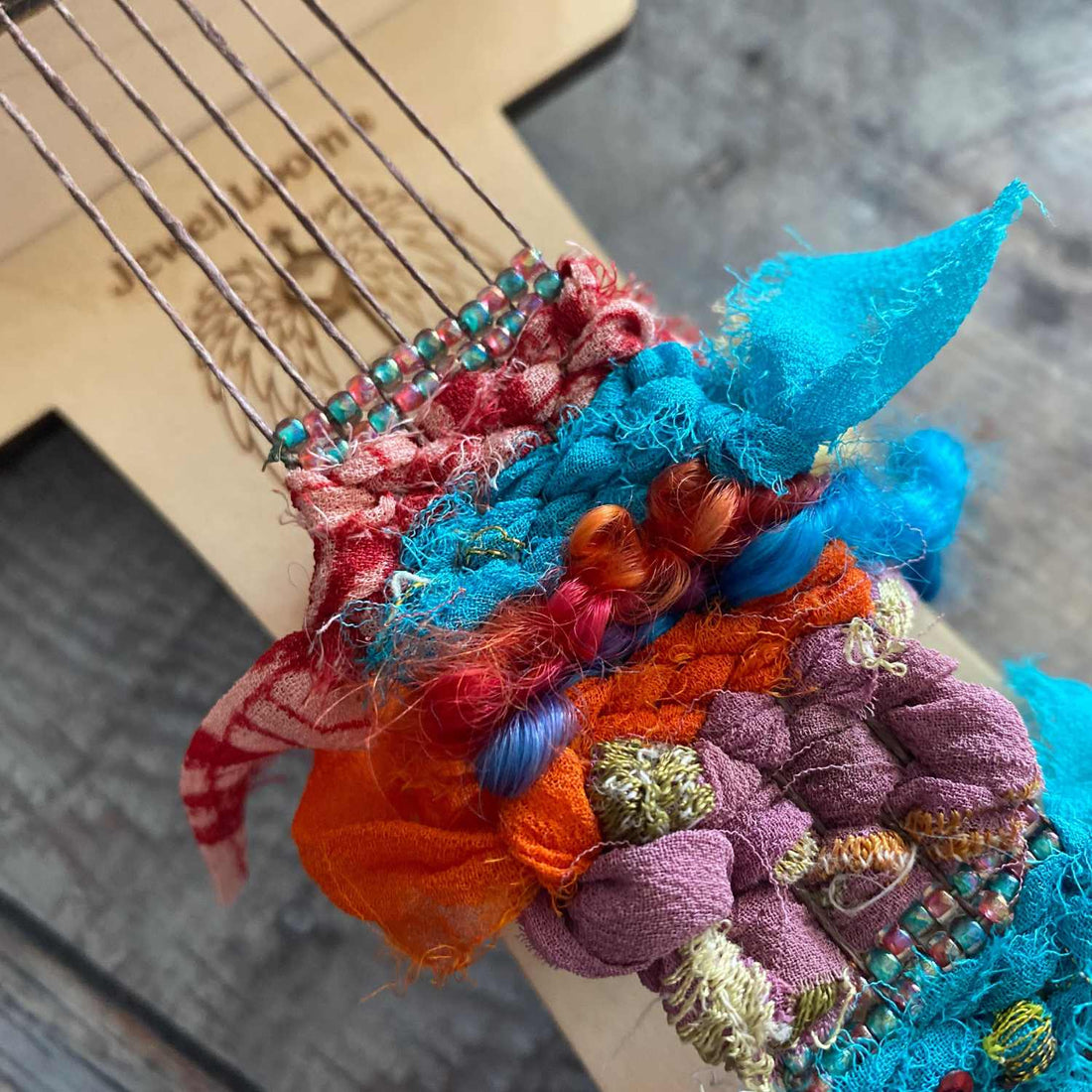 Jewel Loom Wood Upright Bead Loom Small Wisdom Warrior 3 x 12Jewel Loom Wood Upright Bead Loom Small Wisdom Warrior 3 x 12
Jewel Loom Wood Upright Bead Loom Small Wisdom Warrior 3 x 12Jewel Loom Wood Upright Bead Loom Small Wisdom Warrior 3 x 12- Regular price
-
$59.99 - Regular price
-
- Sale price
-
$59.99
-
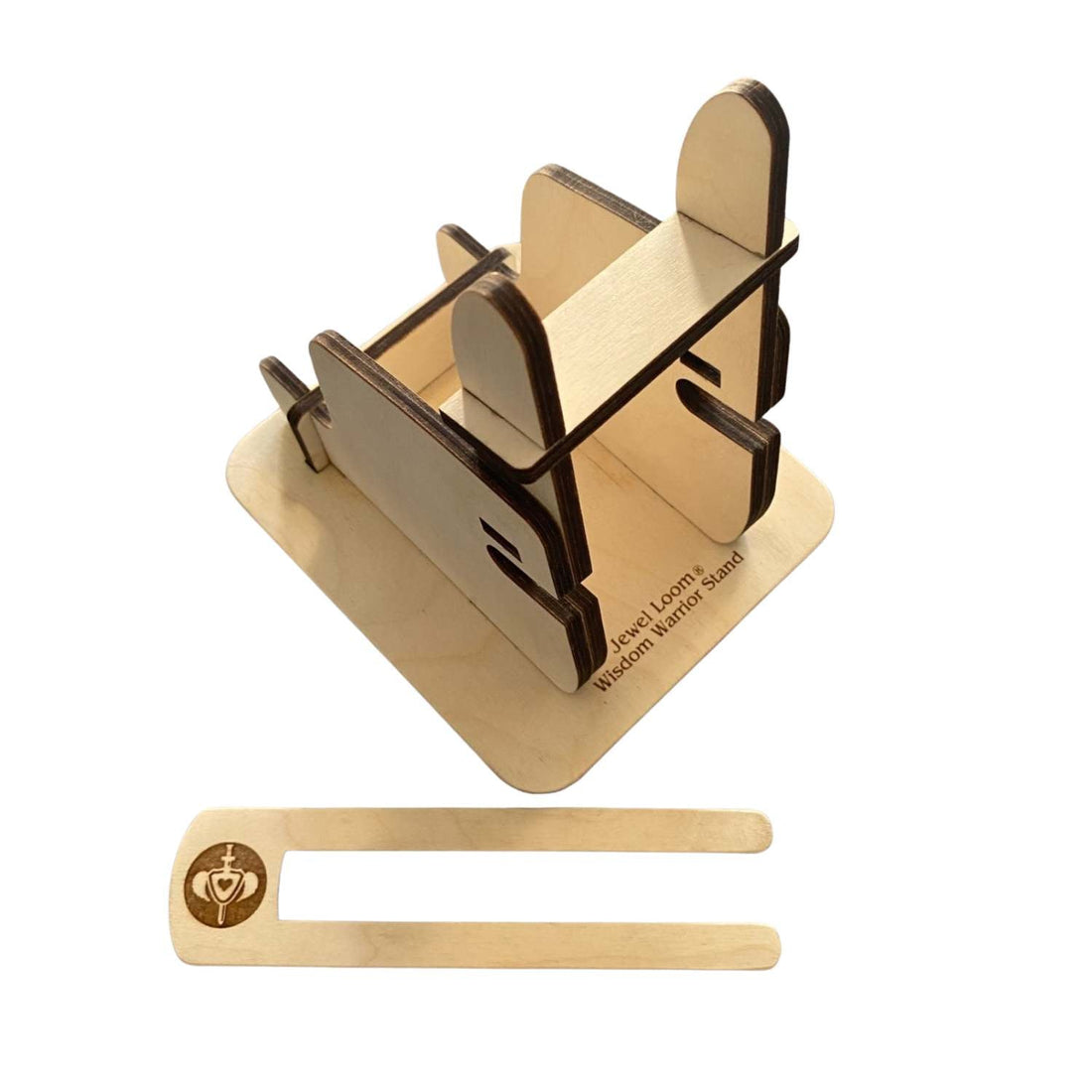 Jewel Loom Bead Weaving Loom Stand for Upright Wood Bead Loom Wisdom WarriorJewel Loom Bead Weaving Loom Stand for Upright Wood Bead Loom Wisdom Warrior
Jewel Loom Bead Weaving Loom Stand for Upright Wood Bead Loom Wisdom WarriorJewel Loom Bead Weaving Loom Stand for Upright Wood Bead Loom Wisdom Warrior- Regular price
-
$34.99 - Regular price
-
- Sale price
-
$34.99
-
 Jewel Loom Stand for Mini Wisdom Warrior Bead LoomJewel Loom Stand for Mini Wisdom Warrior Bead Loom
Jewel Loom Stand for Mini Wisdom Warrior Bead LoomJewel Loom Stand for Mini Wisdom Warrior Bead Loom- Regular price
-
$24.99 - Regular price
-
- Sale price
-
$24.99
Shop Natural Weaving Supplies: Looms, Tools & Weave Yarn
Shop weaving supplies at Hemptique and work with hemp, linen and cotton weaving yarn made from natural, responsibly grown fibers. Each material has a steady feel, smooth flow on the loom, and a finish shaped by careful production. Our weaving looms and tools offer a simple setup and dependable control. The yarns hold tension well, respond predictably as patterns build, and give both beginners and seasoned weavers the comfort and consistency they look for.
Explore weaving supplies that combine premium quality, sustainable materials and an easy working rhythm from the first pass to the final beat.
Guides for Better Weaving
Weaving for Beginners Guide
Start with the basics: how a loom works, how to set up the warp, how to beat the weft and what yarn types behave best when you’re learning. A clear, steady introduction to weaving.
Read GuideWeaving Tools Guide
A simple breakdown of tools you’ll use most often: looms, beaters, shuttles, needles and accessories. Learn what each piece does and how it supports smooth weaving.
View Tools GuideWeave Yarn 101
Understand how different yarns behave on the loom. This guide explains tension, thickness, fiber qualities and how hemp, linen, and cotton respond as the pattern builds.
Learn About Weaving Yarn



FAQs
What yarn works best for weaving?
Hemp, linen and cotton are all strong choices for weaving because they keep their shape and handle steady tension well. Hemp gives firmness, linen brings smooth flow and cotton offers softer handling.
Can I use hemp or linen yarn as warp?
Yes. Hemp works especially well as warp because of its strength and natural grip. Linen also performs reliably on a tight warp line. Cotton can be used when the project calls for a softer or more flexible base.
Do natural fibers create even tension on the loom?
They do. Hemp and linen hold tension with very little stretch, which helps the structure stay consistent during weaving. If you prefer a slightly looser tension, cotton is the easiest to adjust.
What yarn thickness should I choose for weaving?
For beginners, medium-weight yarn gives the most control. Use thinner yarns for fine textiles and thicker yarns for bold texture or quicker coverage. Match the yarn weight to the loom size for clean passes.
Are hemp, linen, and cotton yarns easy to beat into place?
Yes. Their natural firmness helps the weft settle evenly. Linen moves across the warp smoothly, hemp builds structure and cotton fills space with a softer touch.
Is it difficult to start weaving with a new loom?
No. Most tabletop looms are simple to set up. The key is to thread the warp slowly and check spacing as you go. A steady warp line will make the rest of the weaving process much easier.
Do your weaving yarns soften after finishing?
They do. Hemp relaxes and becomes more pliable, linen gains softness without losing detail, and cotton stays comfortable from the start. All three fibers break in well over time.
Can I mix different fibers in one weaving project?
Absolutely. Many weavers combine fibers to create contrast, hemp for structure, linen for smooth detail and cotton for softer areas. Just keep yarn weights similar for even coverage.
Are Hemptique weaving yarns dyed safely?
Yes. All colors are produced using AZO-free, non-toxic dyes, giving you steady color that keeps its tone during use and after washing.
What type of loom is best for beginners?
A simple tabletop loom is enough to learn core weaving techniques. It’s easy to set up, offers clear control of the warp.
How do I choose the right loom size?
Choose a small or mid-size loom if you want to make samples, wall pieces, or narrow textiles. Larger looms are better for broad fabric but require more space and longer warp lengths.
How should I care for finished woven pieces?
Hand wash or use a gentle cycle in cool water, then lay flat to dry. Avoid high heat, which can affect natural fibers. A light steam or pressing cloth helps the fabric settle evenly.
What if I need help choosing yarn for a weaving project?
You can contact our team anytime. We’ll help you choose yarn weight, fiber type and loom size based on your pattern, skill level or preferred texture.
How do I set tension correctly on a weaving loom?
Start by threading the warp slowly and checking spacing as you move across the frame. Keep the tension even but not overly tight - the yarn should move smoothly when you press the weft into place.





